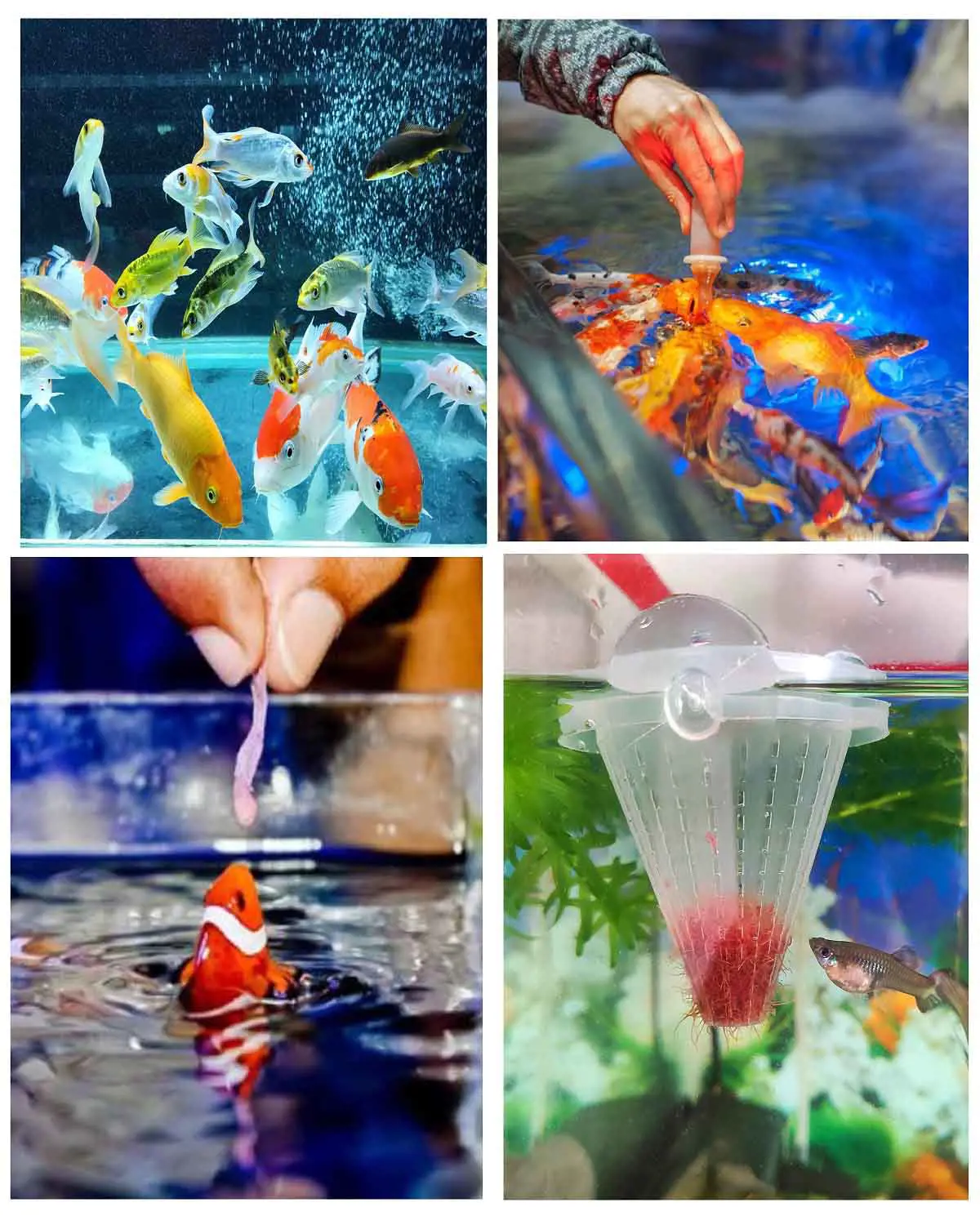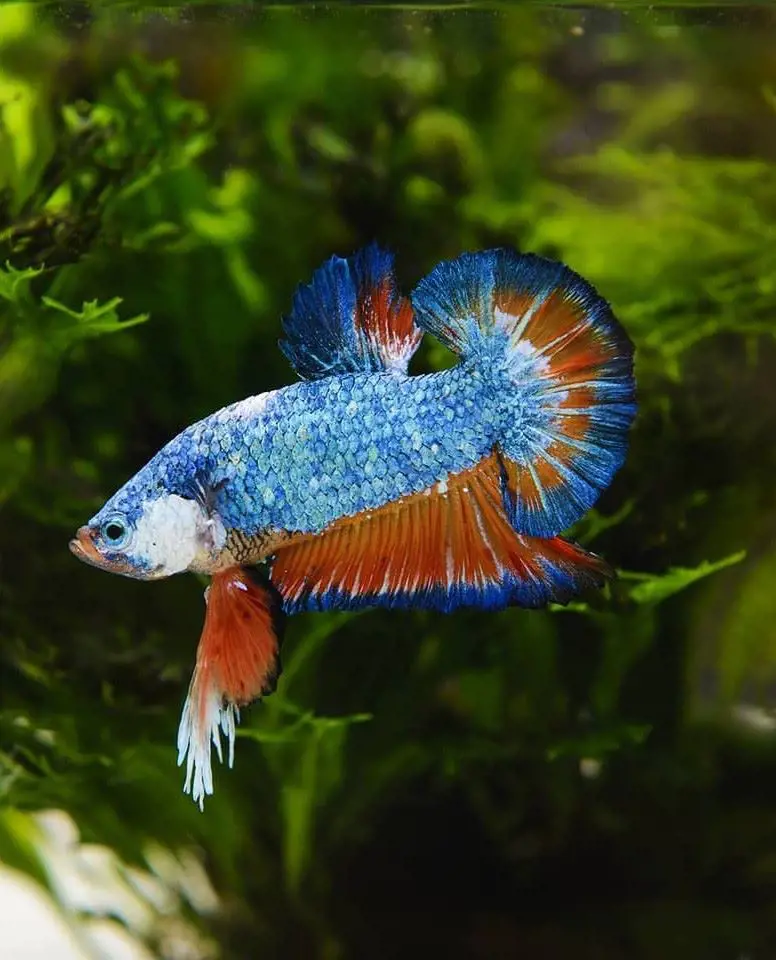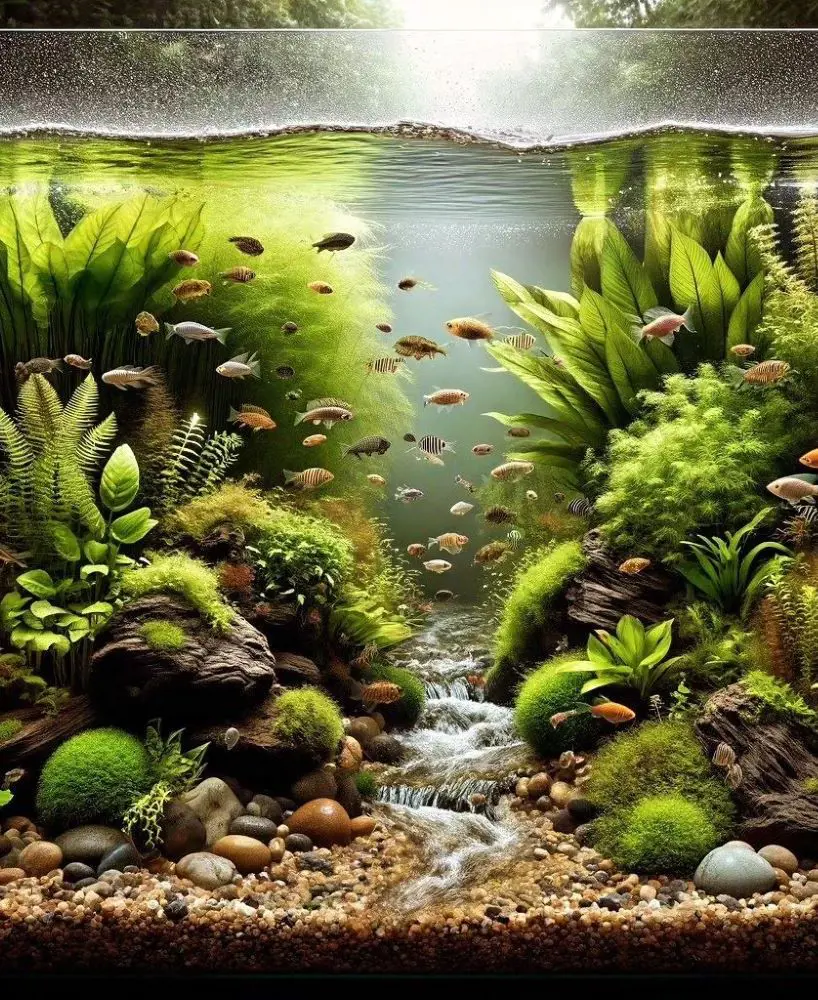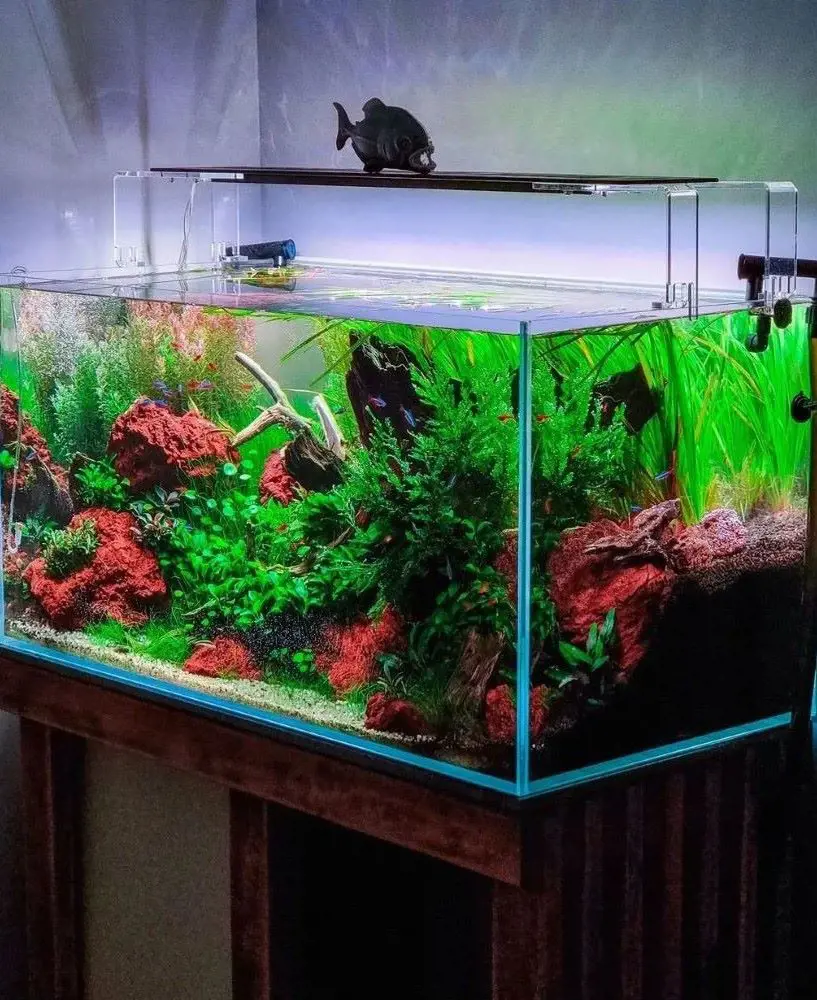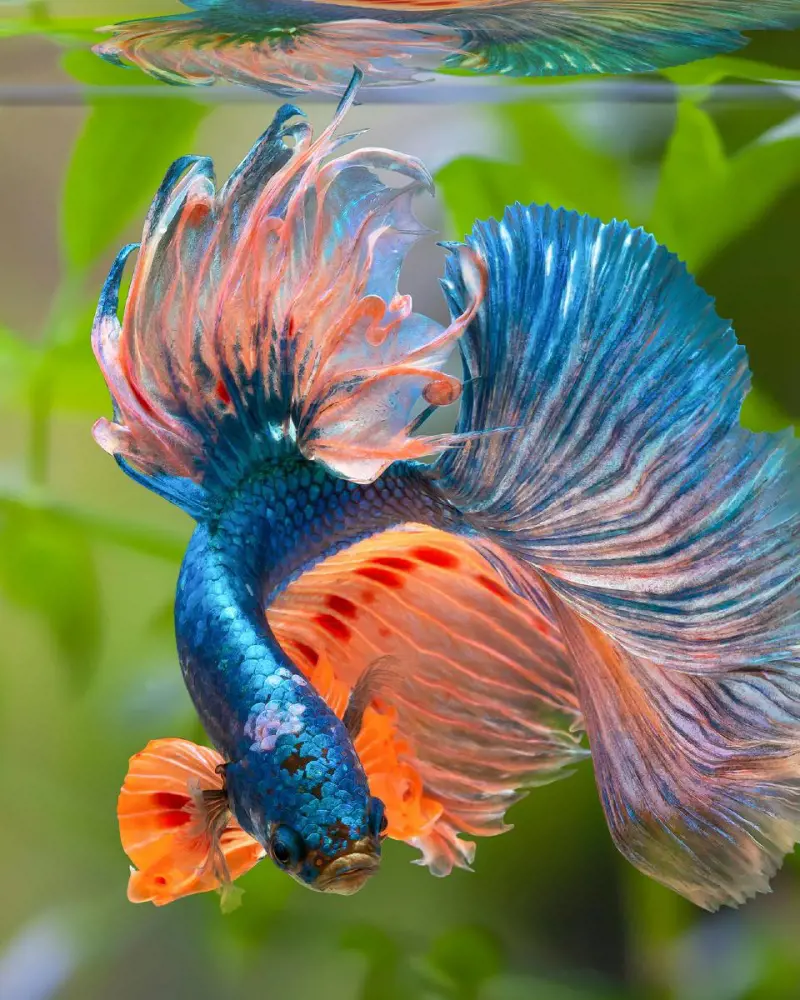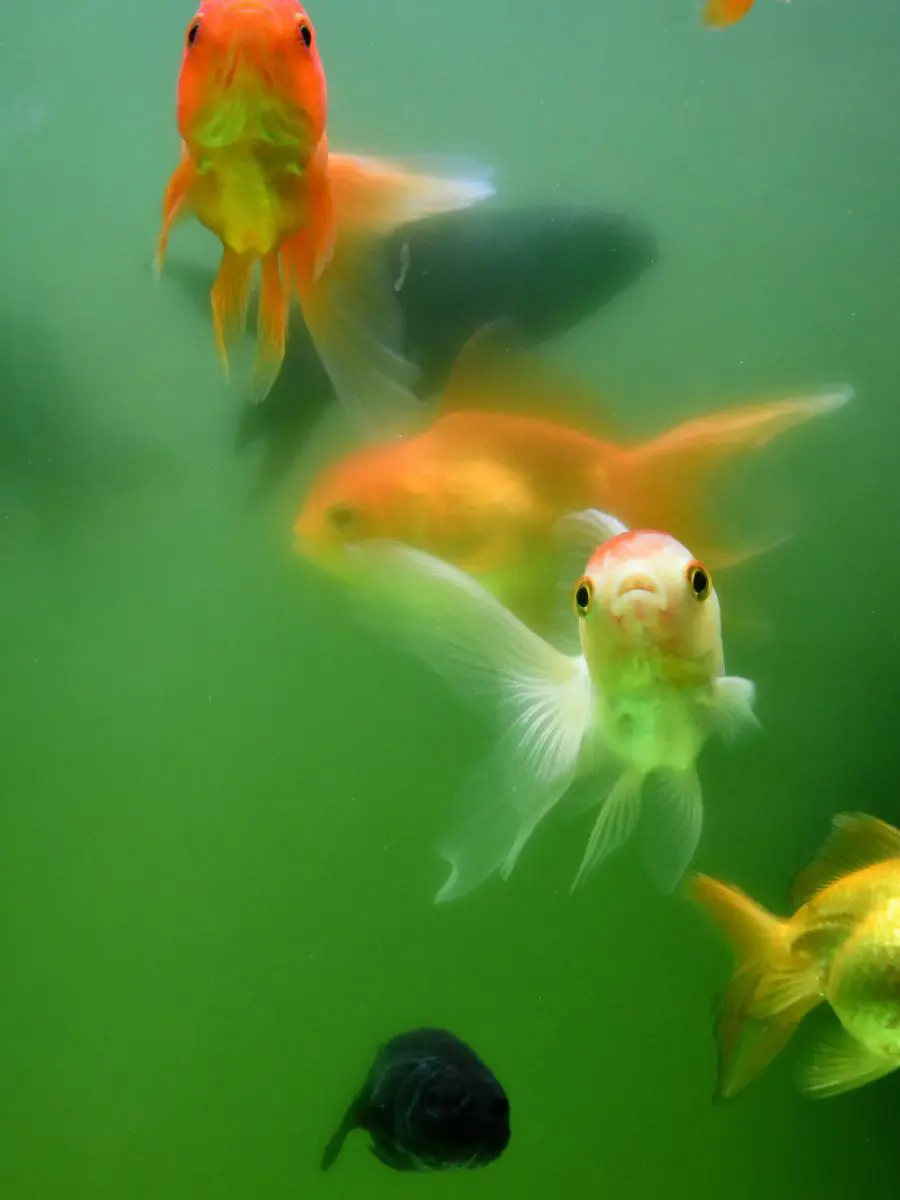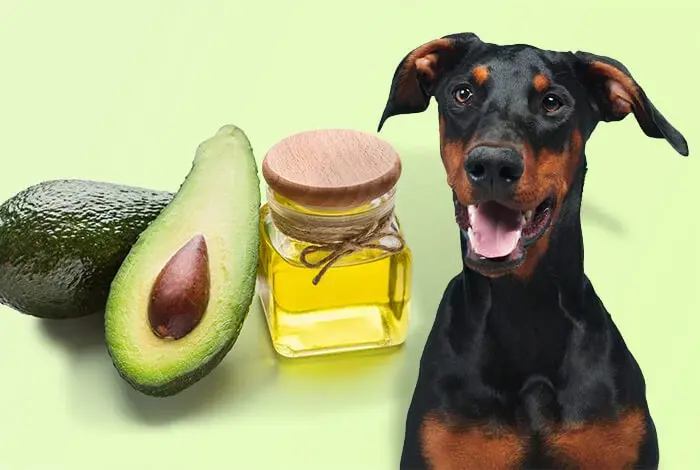Bristlenose Pleco Care Guide And Tank Mates
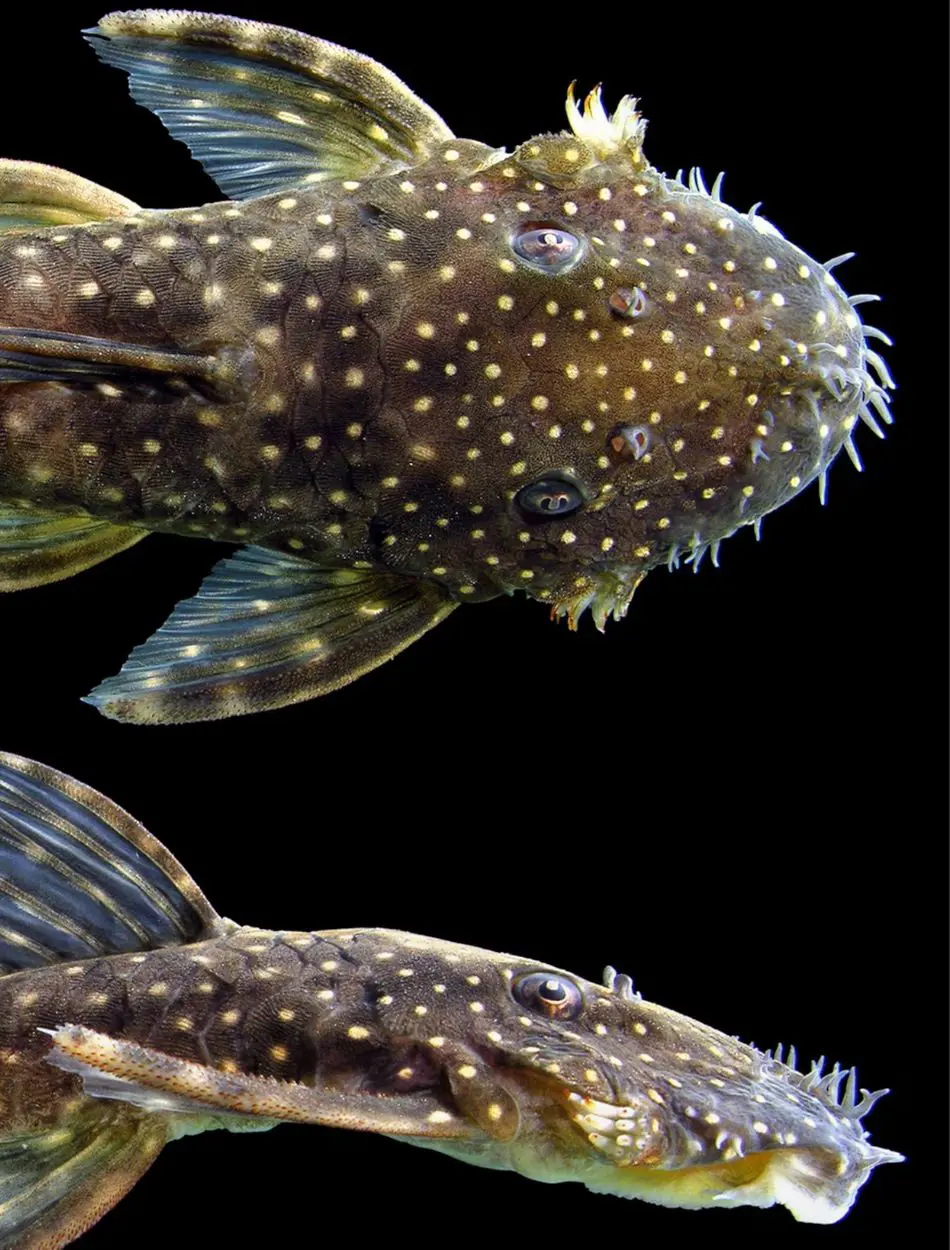
Bristlenose Pleco is one of the widely kept freshwater fish by most hobbyists owing to its exotic looks. Unlike the common Pleco, the Bristlenose Pleco is relatively small and hence easily raised in small or large aquariums as it is easy to care for and adapts amazingly well to various water conditions.
A proper understanding of its habitat requirements, dietary preferences, breeding traits, and suitability and compatibility with other fish species is necessary to ensure maximum hosting care of the Bristlenose Pleco. This extensive guide will seek to delve much deeper into such aspects so that you're able to make a perfect environment for your Bristlenose Pleco.
Natural Habitat and Adaptation
South America houses the rivers and tributaries, especially those lying in the Amazon Basin, that describe the natural home of Bristlenose Pleco. In reality, these fish are considered very adaptable.
Native Environment
They are used to environments with fast flowing, clean water rich in oxygen and blessed with submerged vegetation and driftwood in their native habitat. This natural habitat exhibits soft, slightly acidic to neutral water, with a temperature range of 73°F to 81°F. The Bristlenose Pleco is a benthic species; most of the time, it swarms at the bottom of the riverbed, looking for food from the substrate and vegetation.
Adapting To Captivity
In captivity, mimicking the natural habitat of the Bristlenose Pleco is very important in order to maintain the fish in a healthy state. This includes a tank with a lot of hiding spots like caves, driftwood, and dense plant cover. It is in these components that they get to imitate their natural surroundings, give them a sense of security, and greatly reduce their stress levels.
Good water quality is very important to be maintained by regular filtration and aeration since the Bristlenose Plecos are highly sensitive to bad water conditions, more so nitrates and ammonia. Ensuring these are maintained will ensure the Pleco adapts well to captivity and thrives in its aquatic home.
Tank Setup and Necessary Requirements
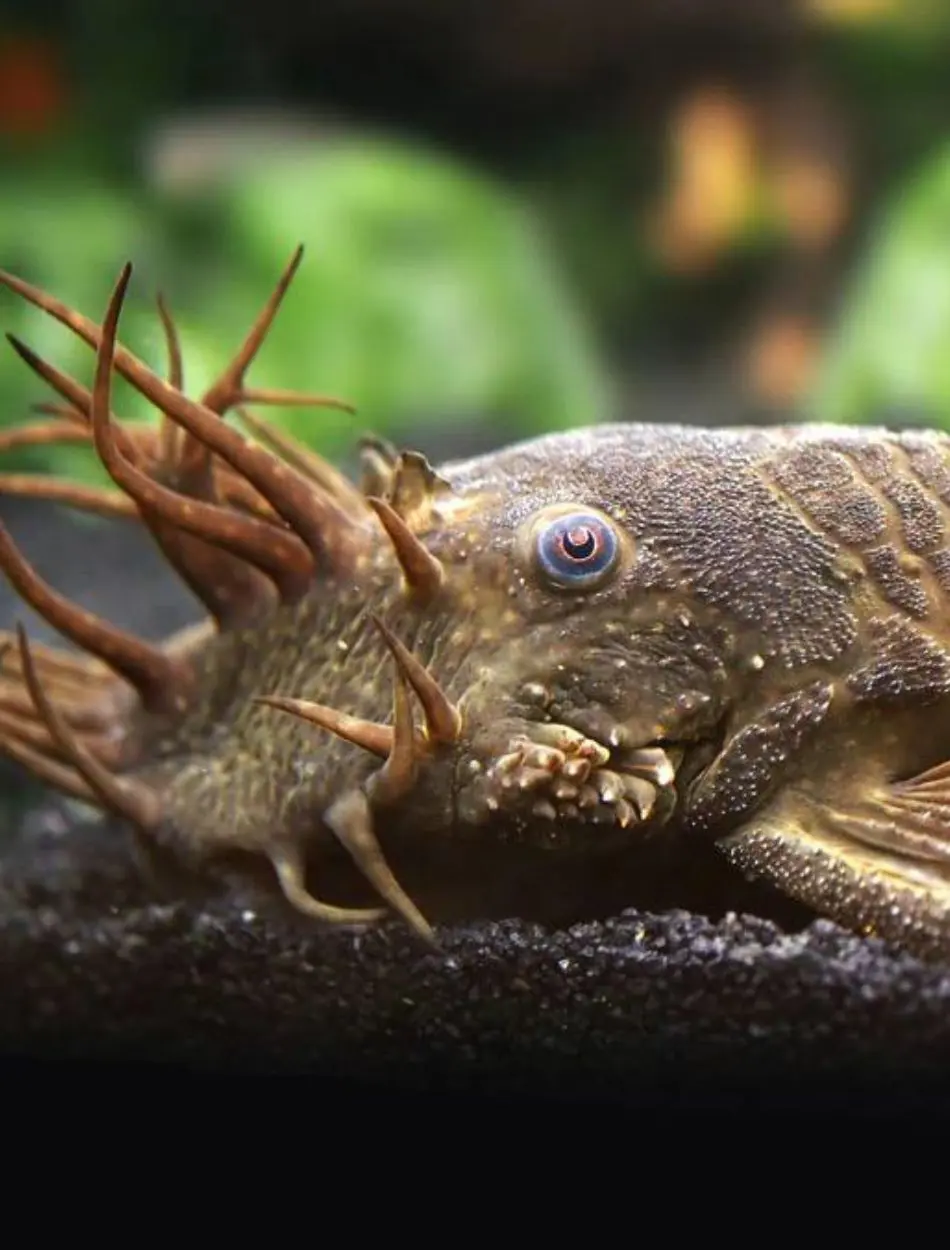
Tank Size and Substrate
Setting up an aquarium for a Bristlenose Pleco warrants proper consideration. There must be consideration towards the size of their tank, apart from what substrate and decorations are going inside. Even with the fact that Bristlenose Plecos stay quite small in length, at 4 to 5 inches on average, they will need the room to be active and stretch out their territory.
A larger tank is recommended if an aquarist plans on keeping a number of Plecos or other tank mates with them. It also thrives on substrates of fine gravel or sand, whereby the Pleco can feed without restriction and abrasion to its fine, delicate barbels.
Decorations And Hiding Spots
Heavily ornamentation of the tank with hiding spots is also very necessary. It can be done using caves, hollow logs, and driftwood. Driftwood is an essential diet and potential substrate for the development of algae that makes the major diet for Bristlenose plecos. It also forms part of their diet, beneficial for digestion, made possible by the lignin aspect of fiber found within wood.
Plants, on the other hand, add cover and additional surfaces where algae can grow in the tank. Hardy plants like Java fern, Anubias, and Amazon sword plants work perfectly since they can withstand the continuous digging and moving around of the Pleco.
Water Parameters And Filtration
For optimal health, Bristlenose Plecos need appropriate water conditions. The temperature has to be kept within the range of 73°F to 81°F, and the pH between 6.5 and 7.5, and from 2 to 12 dGH in water hardness. Regular water changes should be regularly scheduled to prevent water quality from spiraling into deleterious forms.
Filtration is also crucial because Bristlenose Plecos produce quite a high level of waste. Therefore, a reliable filter for the use of mechanical and biological filtration is necessary to maintain clean and well oxygenated water.
Diet And Feeding
In the wild, they eat a variety of food which is mainly focused on plant diet. They are naturally grazers and roam around heavily plant covered areas but when in captivity case becomes different. Although the usual diet of a Bristlenose Pleco revolves mostly around a vegetarian diet, it still benefits from a small quantity of protein rich food from time to time in times such as reproduction and from a younger age.
Herbivorous Diet
The Bristlenose Pleco is primarily herbivorous, with a diet composed mainly of algae, plant matter, and detritus. These fish, in their wild state, spend most of their time grazing on algae developed surfaces and decaying plant material. In a home aquarium, emulating this diet is of prime concern to their health and longevity.
Even though they are grazers and will naturally feed on the algae in the tank, it is still important to supplement feed them in order to give them an ideal diet that is rich in all the right nutrients. Algae wafers are great and can actually provide most of what the fish would require to really thrive. A couple of times a day is ideal for feeding these, although this will depend on the number of Plecos in the tank.
Fresh Vegetables and Protein Supplements
Besides these algae wafers, fresh vegetables like zucchini, cucumber, spinach, and peas should be provided too. These vegetables can be blanched so that they remain soft and easy for the Pleco to eat. Any leftover vegetables should be removed after 24 hours to prevent decay and water quality issues.
Food items with rich proteins, such as bloodworm, brine shrimp, good quality sinking pellets, and others, may be provided once or twice a week to meet the requirements of a healthy diet for the fish species. Such food items shall not be overfed because of indigestion and obesity.
Breeding Needs And Care
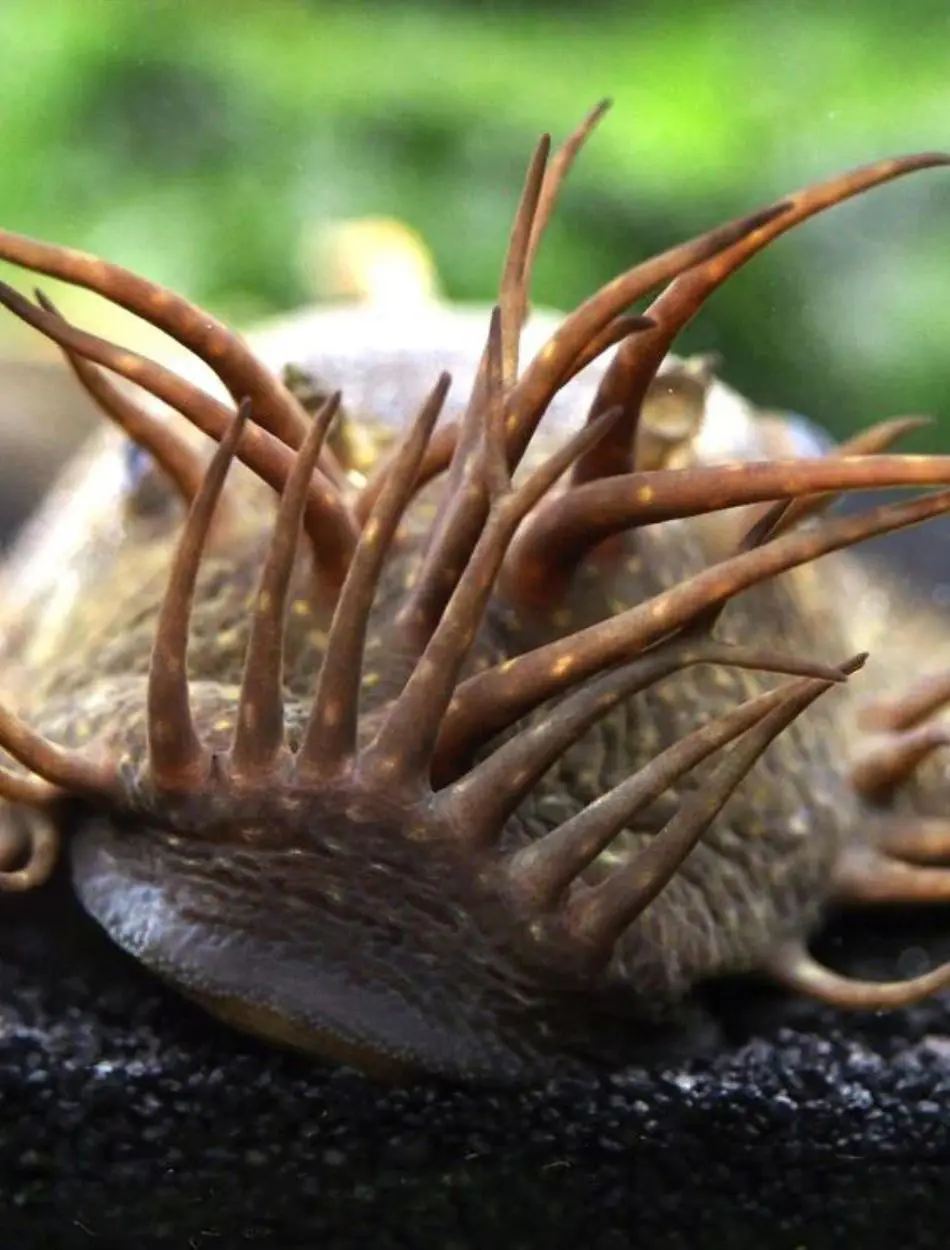
Breeding Habitat and Behavior
Bristlenose Plecos may not be very difficult to breed in captivity, and hence, they are most often bred by hobbyists all over the world. They are considered egg-laying species under the care of the male, which also guards and generally takes care of the eggs until their hatching time.
A favorable environment must, therefore be set up since the suitable breeding habitat for the Pleco can easily be simulated. Very important to the setup is providing her the means to lay her eggs. This can be done with clay pots, PVC pipes, or by adding a specially designed breeding cave. Do keep in mind to place these in a spot that is quiet with little traffic so as to allow the fish to feel secure.
Egg Laying And Fry Care
Once the female lays her eggs, which are usually around 20 to 200, the male fertilizes and guards these eggs while fanning them with his fins so that the eggs receive enough oxygen. Minimize disturbances in the tank, though, as the male would abandon the eggs should he feel threatened. Depending on the temperature, this will take from 4 to 10 days.
Fry absorb their yolk sacs and usually only leave the cave after several days this is when they are free-swimming. This is already from a hatched stage, their yolk sacs feeding them for the first few days.
After these first few days, they leave the cave and should be fed a diet of finely crushed algae wafers, blanched vegetables, and infusoria to ensure that they grow healthily. As they grow, their diet can gradually be switched to include the same foods eaten by the adult Plecos.
Water Quality And Fry Management
Water quality parameters must be closely watched during breeding and rearing, as the increased bioload by the fry puts the water system under a test for fast deterioration. Regular water changes and careful feeding all help keep harmful substances from accumulating and thus keep fry healthy. Minimal environmental stress will help fry survival immensely and thereby benefit the entire breeding process.
Common Health Issues And Prevention
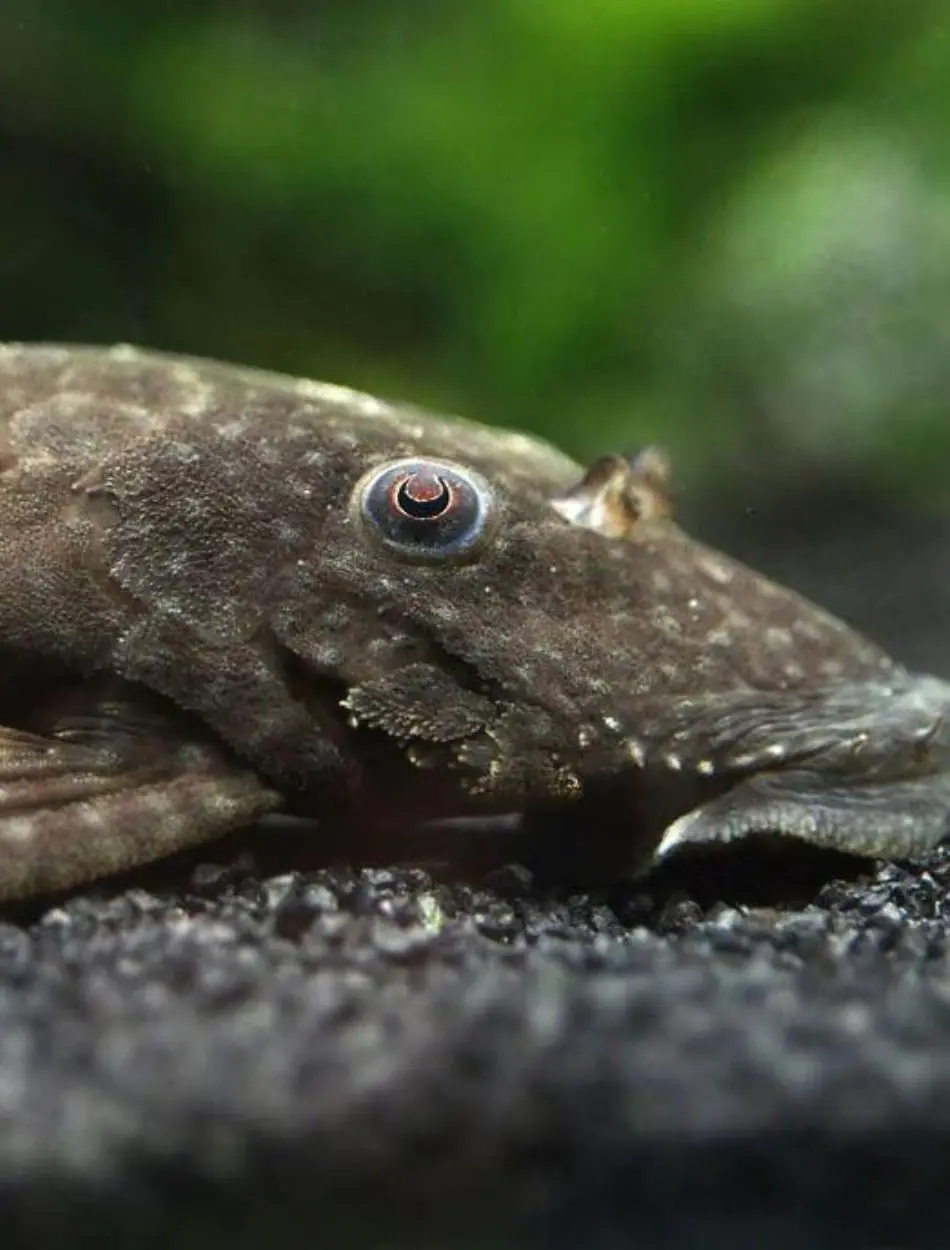
Fin Rot
Bristlenose Plecos are generally hardy fish but are prone to some health issues, particularly if their environmental needs are not satisfied. Among the most common health problems occurring in Bristlenose Plecos, is fin rot, which is usually due to bad water quality and stress.
More accurately, what the more casual term "fin rot" refers to is fraying or discoloration on the fins, which may, if not treated in time, give rise to more severe infections. Prevention is the best way to prevent the occurrence of fin rot and other possible health problems with Bristlenose Plecos.
Keeping the water parameters clean and stable through frequent water changes and good filtration is the most effective way of keeping bacterial and fungal infections at bay.
Bloating
One quite common health problem among Bristlenose Plecos is bloating, which is usually the result of overfeeding or a diet that is way too high in protein. Such bloating may lead to swim bladder trouble and other digestive problems.
Feeding right with plenty of plant-based foods and a diet that is controlled in protein content is also very important. This means that they will require dietary monitoring and plenty of fiber from vegetables and driftwood to prevent bloating and other digestive problems.
Hole in the Head Disease
It is a grave condition whereby small 'pits' or holes start developing in the head area, usually accompanied by loss of weight and lethargy. This can be due to poor nutrition, bad water quality, or even internal parasites. Treatments include bringing about an improvement in the diet quality, ensuring high-quality water, and, if necessary, treatment.
Malnutrition
Another common problem is malnutrition. This will be seen in thinning of the body, poor growth, and a weakening of the immune system. This is mostly due to a poor diet that has less fiber and other nutrients. Therefore, prevention and treatment of malnutrition are very important. A varied diet with high-quality algae wafers, vegetables, and occasional sources of protein has to be provided, ensuring that the nutritional needs of your aquatic pets are met.
Nitrite Poisoning
Another serious problem that may arise with your Bristlenose Plecos due to bad water quality is ammonia or nitrate poisoning. The symptoms include the fish gasping at the surface, red inflamed gills, and lethargy. High levels of ammonia or nitrite usually cause it in the tank. Quick measures to deal with this problem include water change, water parameter tests, and making sure the tank is cycled to offer a healthy environment for fish.
Parasites and Quarantine Practices
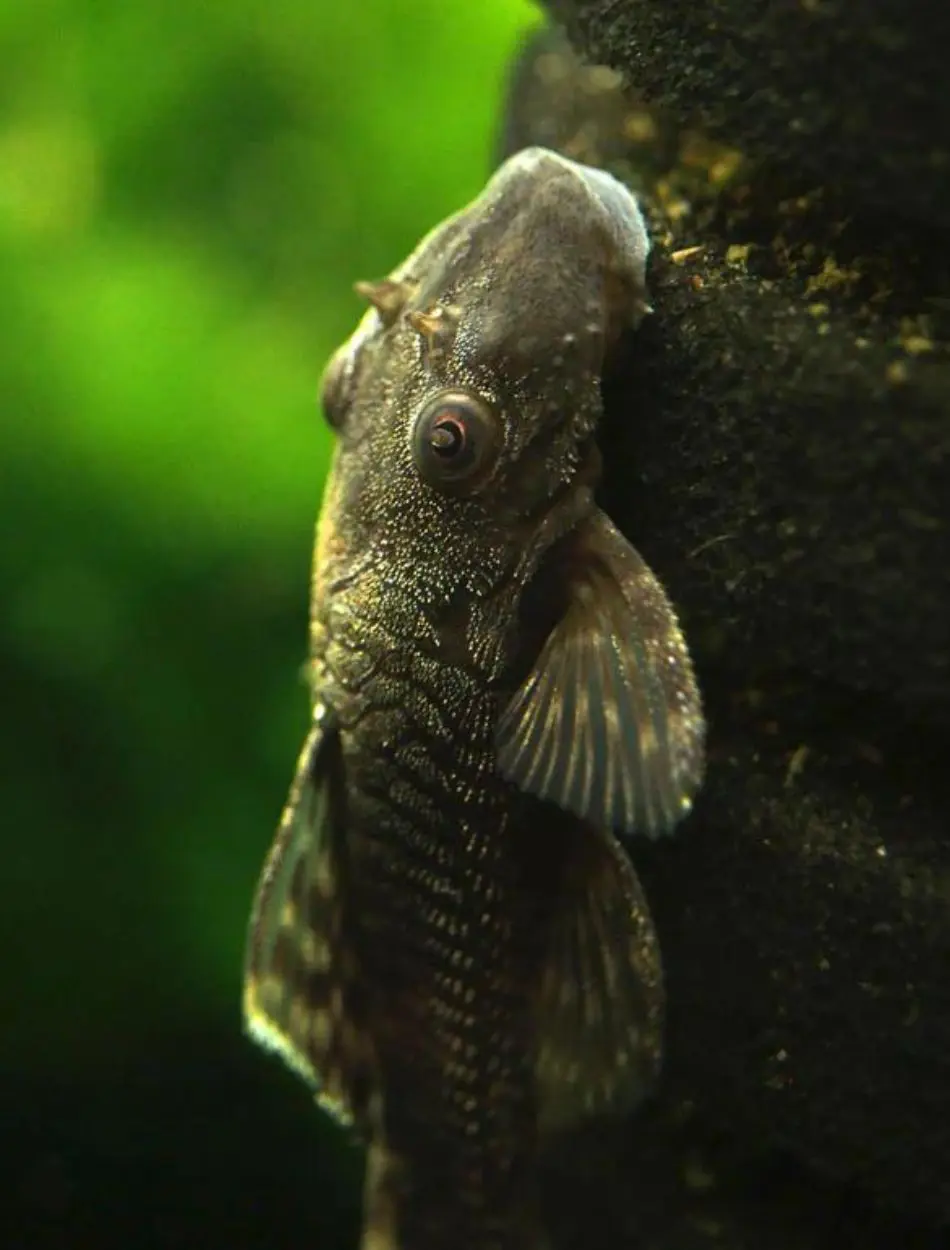
Even Ich, a parasite, along with other parasites, can also affect the Bristlenose Pleco most often because of the introduction of new fish from the store into the tank. New fish should be quarantined for the suggested two week period to avoid the spread of parasites and other diseases.
If a Pleco does contract Ich, which comes in the form of white spots on the body and fins, treatment with a copper-based medication along with slightly raising the water temperature can help kill off the parasite. Being attentive to the fish for any signs of stress, like not eating or constantly hiding, can also help keep track of health issues early on and provide time for intervention.
Aquascaping Tips
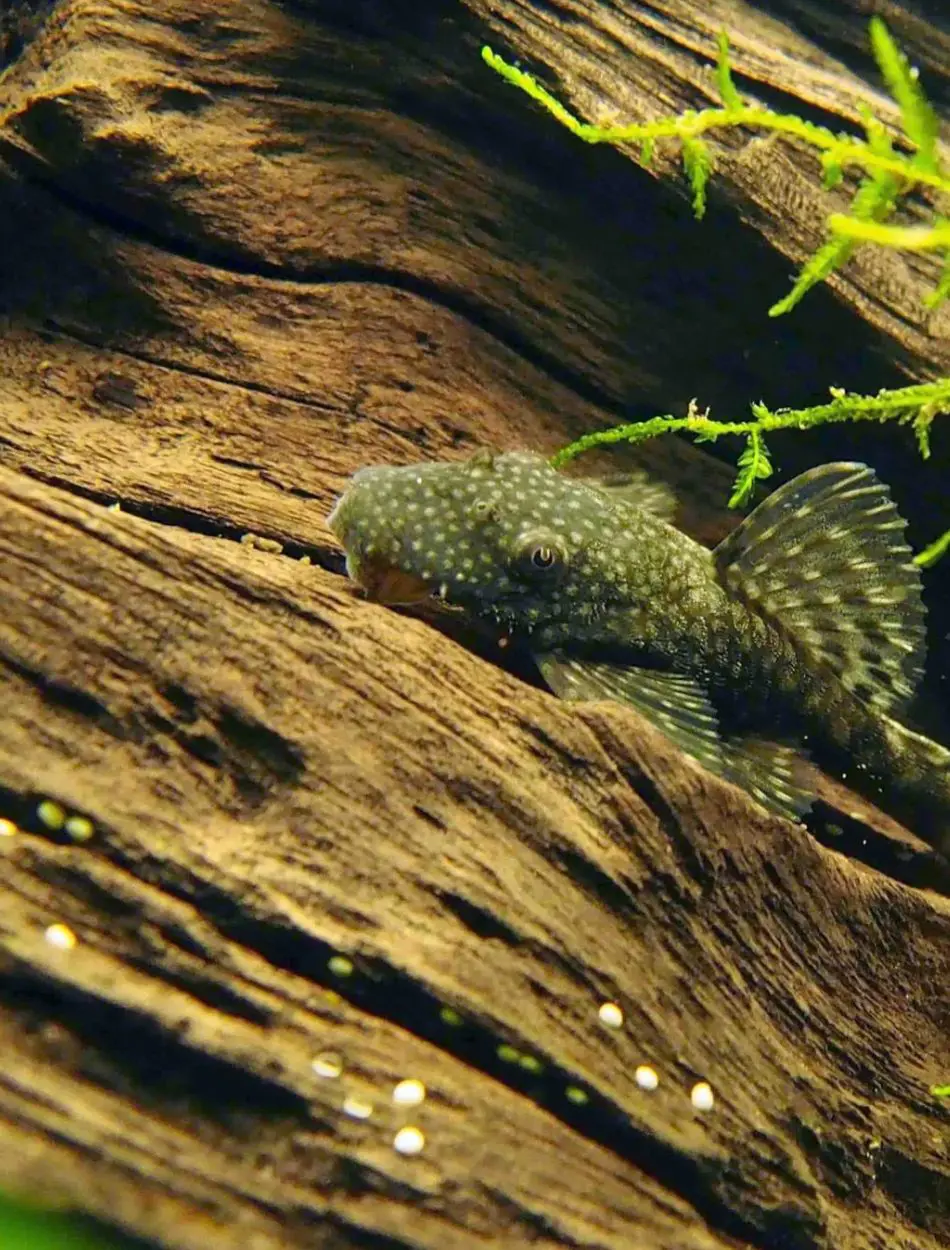
Plant Selection and Placement
Some examples are Java fern, Anubias, and Amazon sword as they are really ideal for these would serve not only as rustications due to their toughness and insensitivity to constant grazing by this specimen but also provide quite a lot of cover for the Plecos, placed close to the back and sides around the driftwood. Floating plants can help cloud the light and create shady areas that resemble a riverbed much more, making it more comfortable for the Pleco.
Substrate And Rock Placement
The other important choice to consider in the case of aquascaping for Bristlenose Plecos is the choice of substrate. Fine gravel or sand is the best choice, as it will let the Pleco forage naturally without harming their barrels.
The substrate should be arranged to make gentle slopes or mounds resembling the natural form of the riverbed. Smooth rocks and stones are amenable to the aquascape. However, they should be firmly fixed and positioned in such a way that they will not result in any injury to Plecos. Such rocks could be used to add other surfaces for algae growth as well.
Lighting and Water Flow
Tank lighting should be kept moderate, as this fish prefers low light, similar to that in their natural habitat. Time the lights to go on and off naturally with a light timer because it decreases stress and increases their natural behavior.
Lastly, water flow is another consideration with Bristlenose Plecos though they are used to the gentle flow in a river, having an overcurrent can be quite stressful. Ensure that it's a gentle flow, but enough to ensure the water is oxygenated. It will form the best habitat for these fish.
Top Lists


